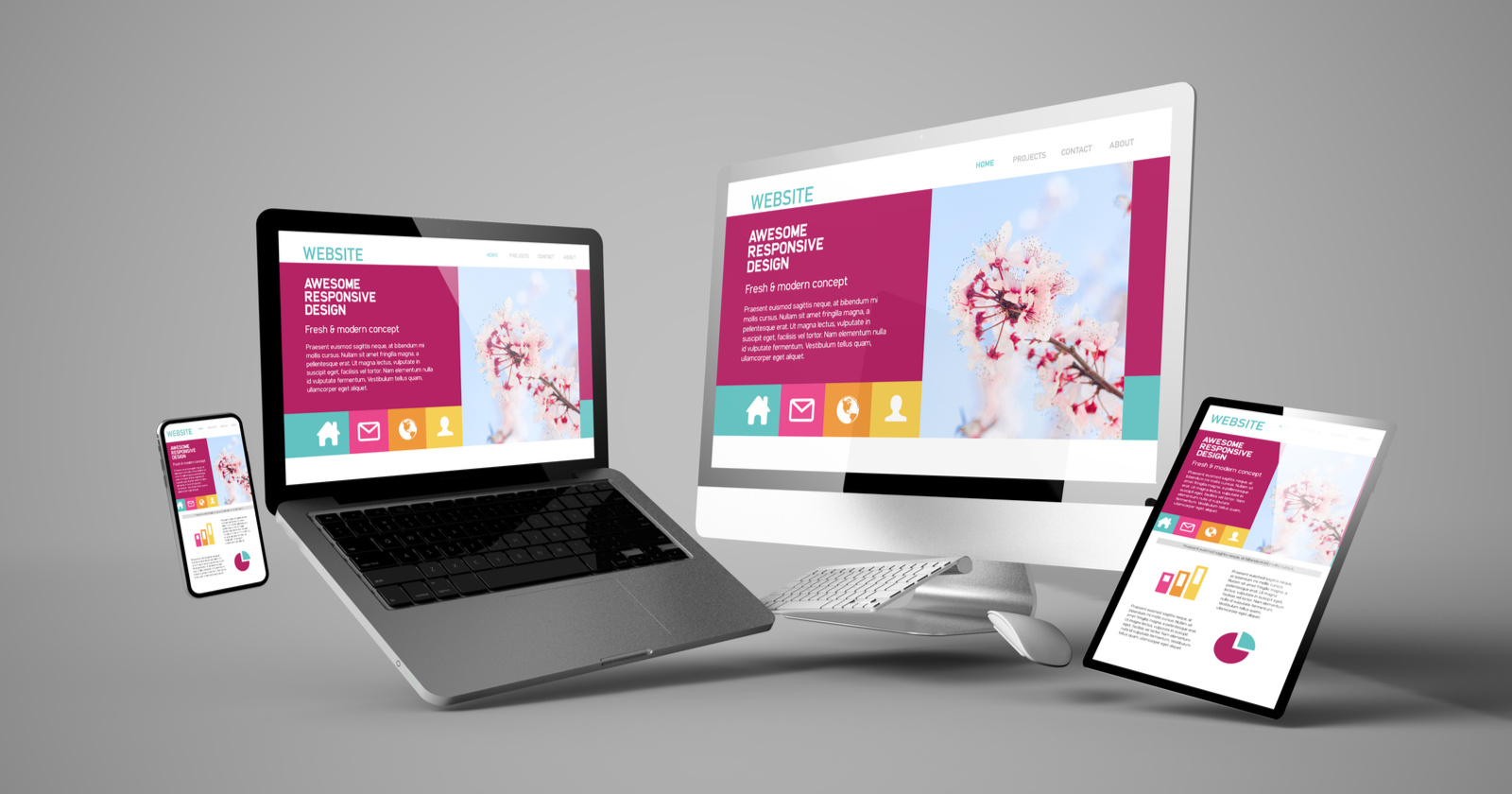Aligned Position Web Design: Crafting Visually Appealing Websites for Modern Businesses
Aligned Position Web Design: Crafting Visually Appealing Websites for Modern Businesses
Blog Article
The Most Effective Kinds of Web Layout to Boost Customer Experience and Involvement
In the ever-evolving landscape of electronic communication, the efficiency of website design dramatically impacts user experience and involvement. Various style methods, such as minimal, responsive, and interactive formats, each offer unique benefits that can deal with varied user demands. Comprehending which sorts of Web style ideal serve these objectives can be pivotal for companies aiming to boost client contentment and retention. Nonetheless, the inquiry continues to be: which layout components really reverberate with individuals and foster significant involvement? The exploration of these principles exposes important understandings that may redefine your strategy to Web layout.
Minimal Web Design
As digital landscapes come to be significantly chaotic, minimal website design has actually arised as an effective method to boosting individual experience. This layout ideology focuses on simpleness, focusing on essential aspects while eliminating unneeded diversions. By utilizing enough white room, uncomplicated navigation, and a restricted color palette, minimal design promotes clearness and routes individual attention to key material.
The core principle of minimal Web design is to create a seamless communication for customers. By reducing cognitive lots, customers can swiftly grasp info without feeling bewildered. This straight method not only enhances usability yet additionally urges interaction, as site visitors are most likely to check out a site that is very easy and aesthetically appealing to navigate.
Additionally, minimalist layout often highlights typography and images, making use of these components purposefully to convey messages properly. This emphasis on important parts can improve brand name identity and create a memorable individual experience. In significance, minimal Web style is not simply a trend; it is a thoughtful technique that identifies the value of user-centered layout. By stripping away extraneous aspects, designers can produce an extra appealing, effective, and pleasurable Web experience for all users.
Receptive Web Design
In today's diverse digital setting, receptive website design has actually become essential for developing a smooth customer experience throughout a multitude of tools. As individuals access web sites on smartphones, tablet computers, desktop computers, and laptops, the capacity of an internet site to adjust its layout and web content to various display sizes and resolutions is vital.
Responsive website design employs adaptable grids, images, and CSS media questions to ensure that Web content is offered optimally, despite the device utilized. This approach not only improves the visual appeal of a website yet additionally significantly improves functionality. Individuals are more probable to engage with a website that provides a regular experience, as it gets rid of the disappointment of having to focus or scroll exceedingly.
By embracing receptive design, organizations can improve their presence and reach a more comprehensive audience. In summary, receptive Web design is an essential technique that improves customer experience, involvement, and total fulfillment.
Interactive Web Layout
Receptive website design lays the foundation for improving user experience, yet interactive Web design takes this a step even more by involving customers in a more vibrant method - Aligned Position Web Design. By including components such as computer animations, clickable models, and real-time feedback, interactive website design captivates individuals, drawing them right into a richer surfing experience
This technique not just see page cultivates interaction yet additionally urges customers to discover content actively instead of passively eating it. Strategies such as gamification, where individuals earn benefits for finishing tasks, can substantially improve the time invested on a website and boost total satisfaction. Furthermore, interactive attributes can simplify complex info, making it more absorbable and enjoyable.

Including interactive design elements can likewise cause greater conversion prices, as individuals are more probable to engage with a website that actively entails them. Aligned Position Web Design. Eventually, interactive website Read Full Article design changes user experiences right into memorable journeys, guaranteeing that site visitors return time after time
Flat Design
Characterized by its minimalistic approach, level style emphasizes simplicity and performance, removing away unneeded aspects and focusing on crucial functions. This design approach prioritizes functionality, making certain that users can browse user interfaces with ease and efficiency. By using a tidy visual, flat style eliminates the clutter often found in a lot more ornate styles, thus improving customer focus on web content and performance.
The characteristic of level design exists in its use bold shades, easy typography, and geometric shapes. These components add to a visually appealing user interface that is both contemporary and friendly. Additionally, flat design promotes a feeling of clearness, permitting customers to discern necessary actions and information without disturbance.
Additionally, flat style is particularly reliable in receptive Web style, as its simpleness translates well across various gadgets and display sizes. The lack of complex structures and slopes reduces packing times, which is crucial for preserving customer involvement. As digital landscapes remain to evolve, level design continues to be a pertinent choice for producing user-friendly web sites that improve total experience. By concentrating on essential attributes, flat style not only fulfills user demands yet additionally encourages smooth interaction, making it an important component of reliable website design methods.
Flexible Website Design
Flexible website design customizes the customer experience by creating several fixed designs customized to different screen dimensions and tools. Unlike responsive layout, which fluidly readjusts a solitary format, flexible style uses unique formats for details breakpoints, making sure optimum discussion on he has a good point numerous platforms. This strategy enables designers to concentrate on the special qualities of each tool, improving use by providing exactly what individuals need based upon their context.
Among the primary advantages of adaptive website design is its capability to maximize tons times and performance. By offering tailored material and images that fit the individual's device, internet sites can minimize data usage and boost loading rates. This is especially advantageous for users with slower connections or restricted data plans.

In addition, adaptive layout helps with an extra regular and controlled branding experience. Because developers produce numerous formats, they can make certain that the visual components line up with the brand's identity throughout different systems - Aligned Position Web Design. This results in a cohesive customer experience, improving interaction and promoting customer retention
Final Thought
Minimal style cultivates quality and focus, while responsive design guarantees adaptability throughout different gadgets, promoting access. Collectively, these style comes close to contribute to the production of user-friendly settings that not only enhance contentment yet additionally drive greater conversion prices, emphasizing their important significance in contemporary Web style approaches.

Minimal design fosters clearness and emphasis, while responsive design makes sure flexibility across numerous devices, promoting access. Jointly, these layout comes close to add to the creation of straightforward environments that not just enhance contentment yet also drive greater conversion prices, highlighting their crucial significance in modern Web style approaches.
Report this page